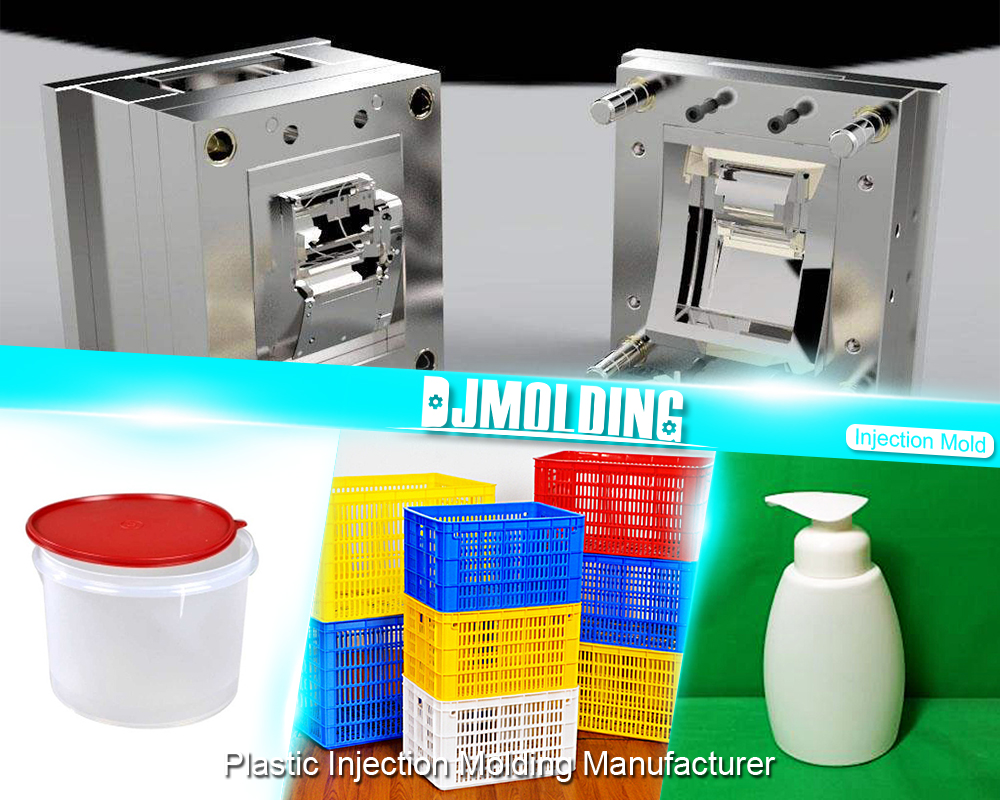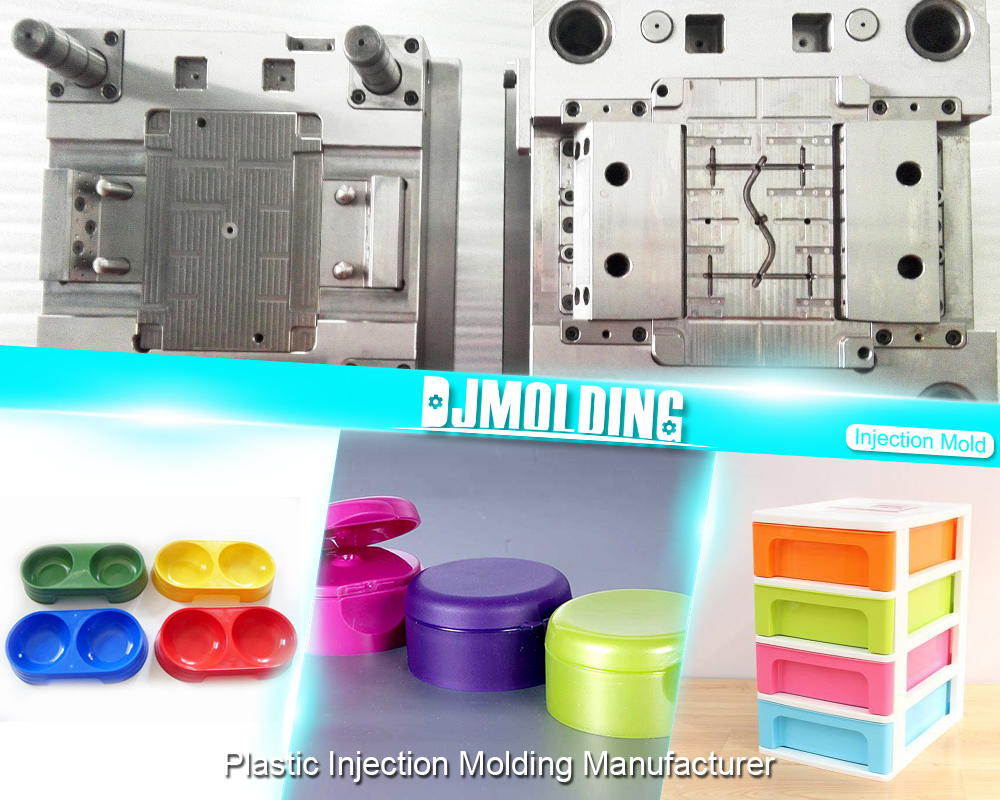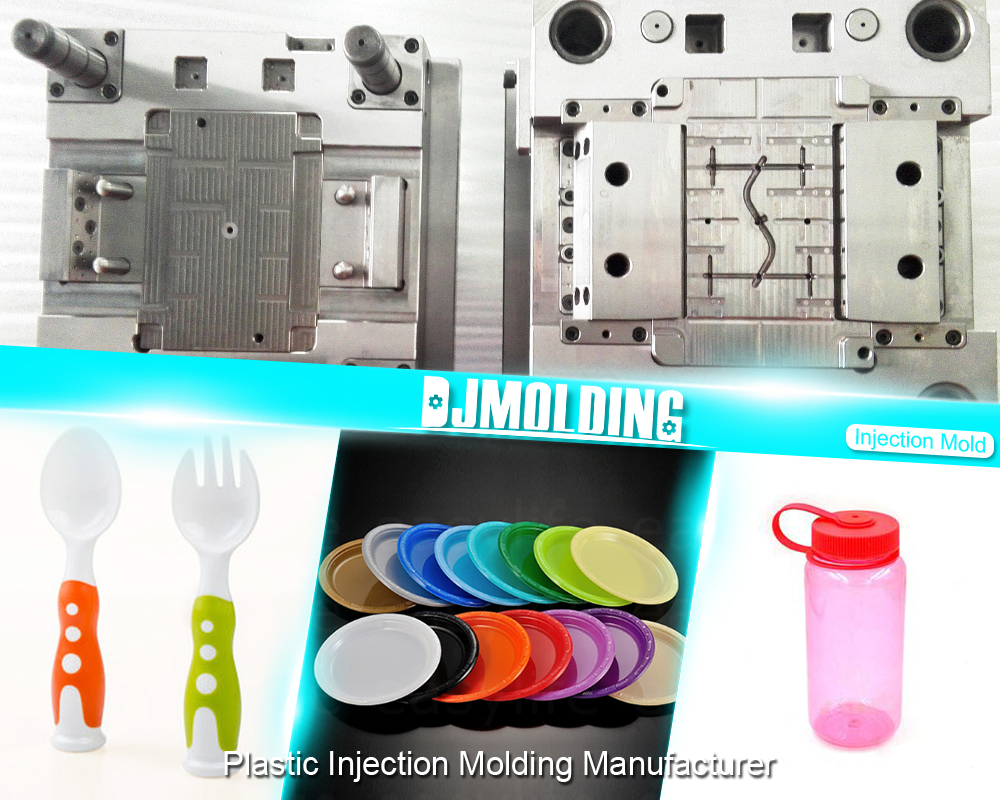2 shot injection molding vs overmolding: What is the difference
2 shot injection molding vs overmolding: What is the difference
Injection molding is a production method that is great for the quick production of high-grade plastic parts. This production technology is used widely in industrial environments to produce various products. However, the injection molding technology can be subdivided into different types of molding processes. There are two common types of production methods under this technology. They are the two-shot molding and the overmolding processes.

2 shot injection molding and the overmolding process in industrial environments
The 2 shot injection molding vs overmolding debate is very common in industrial environments. This is because both production processes are quite similar – and people tend to confuse both processes. They offer similar manufacturing benefits and have almost the same characteristics. But then again, both processes come with major differences. And knowing these differences is crucial to maximizing the use of both processes. If you know the differences between the two-shot molding and overmolding processes will give you a good idea of the right option to use for your production runs. In this post, we will be highlighting the differences between these two important production processes as well as other relevant information.
An overview of the 2 shot injection molding process
The two shot molding process is a production method whereby two different plastic resins are molded together into one machining cycle. The 2 shot injection molding process is also called dual-shot, double-shot, or multi-shot molding. Due to the efficiency of this molding process, it is easy for material engineers to easily produce parts with material and colour combinations. This is usually possible without the use of additional machining. This molding process is a 2-phased production method with a similar operation as the traditional plastic injection molding technology. This molding option is ideal for products with multiple colors, and materials, and with complex designs. It can be applied in the following scenarios:
- Used for movable components or parts
- Used for producing interior vehicle parts
- Used for producing medical/surgical devices
- Great for the manufacturing of bottle dispensers and kitchenware
Benefits and drawbacks of the two-shot molding process
The two-shot plastic injection process is a great way to ensure cost-effectiveness and efficiency in manufacturing. Manufacturers rely on this process to produce components and accessories that are highly durable and of great quality. For designers, this is a useful production model as it is flexible enough to accommodate complex geometries. It can also be used to produce products that come with multiple colors. This is why it is best suited for aesthetically pleasing accessories and parts. It allows engineers to keep costs low and reduce production timelines. However, the initial cost for the two-shot mold is rather high. The machine is quite costly when compared to traditional injection molding technologies. Luckily for manufacturers, the expensive costs are cushioned by assembly costs and labour savings, especially during large production runs.
An overview of the overmolding process
Overmolding is another injection molding process that helps to create a product by mixing two plastic materials or more. Many industrial and manufacturing facilities apply this molding technique to their processes. This is a suitable production method for producing highly functional products with exceptional quality. It also supports the production of aesthetically pleasing parts and accessories. In addition, this process works when used for producing plastic prototypes as well as producing sub-parts of products. In this process, the plastic resins applied should be chemically or thermally compatible with each other. If this is not the case, then the result is usually a deformed or poorly bonded product. The overmolding injection process is an important industrial method and has diverse applications. Some of the uses of this production process include:
- In vehicles for vibration dampening
- Used in the production of convenient, easy-grip tools
- Used for producing electronic products with high water resistance
- Great for making medical equipment
- Can be used to produce solar energy components
Benefits and drawbacks of the overmolding process
The two-shot molding and overmolding processes are similar in terms of the many advantages that they share. You can use both production methods to quickly produce reliable and durable components. With this molding technology, there is no need to execute secondary operations like adding fasteners and adhesives to bond the overmolding layers together. In addition, they help manufacturers produce parts with complex geometries that are resistant to vibration. However, manufacturers use overmolding more for low-volume production runs. In comparison to the two-shot injection molding, overmold designs can be produced a lot more easily. This is because this process requires the use of a regular injection molding machine. However, overmolding does have some drawbacks. It usually produces products with more inferior tolerances than the two-shot injection molding. In addition, there are plastic compatibility problems with this mold that may limit engineers. Overmolding usually has longer cycle times because this production process is in two phases. Finally, it is not cost- or time-efficient to use the overmolding process for large-volume production runs.
2-shot injection molding vs overmolding: Which is the best to choose?
Manufacturers can utilize the overmolding and the two-shot molding processes to produce durable parts/accessories made from multiple materials or colours. One way to choose between both molds is to consider the size of your production run. You can only make use of the two-shot molding if you are going to be carrying out larger production runs. If you will be engaging in low-volume production runs, then you may want to consider using the overmolding process. However, teams will still have to evaluate key factors to ensure that they are making the right choices for their production projects.
How to choose the right molding technology for your production runs
When it comes to choosing the right molding technology, many new businesses can be confused. This is because two-shot injection molding and overmolding are very similar. This is where it is beneficial for businesses and startups to work with manufacturers. They have the right experience to streamline the process of choosing the right mold. These manufacturing companies come with a team of designers, engineers, and machinists to help customers navigate through different production processes.

For more about the 2 shot injection molding vs overmolding: What is the difference,you can pay a visit to djmolding at https://www.djmolding.com/overmolding/ for more info.




